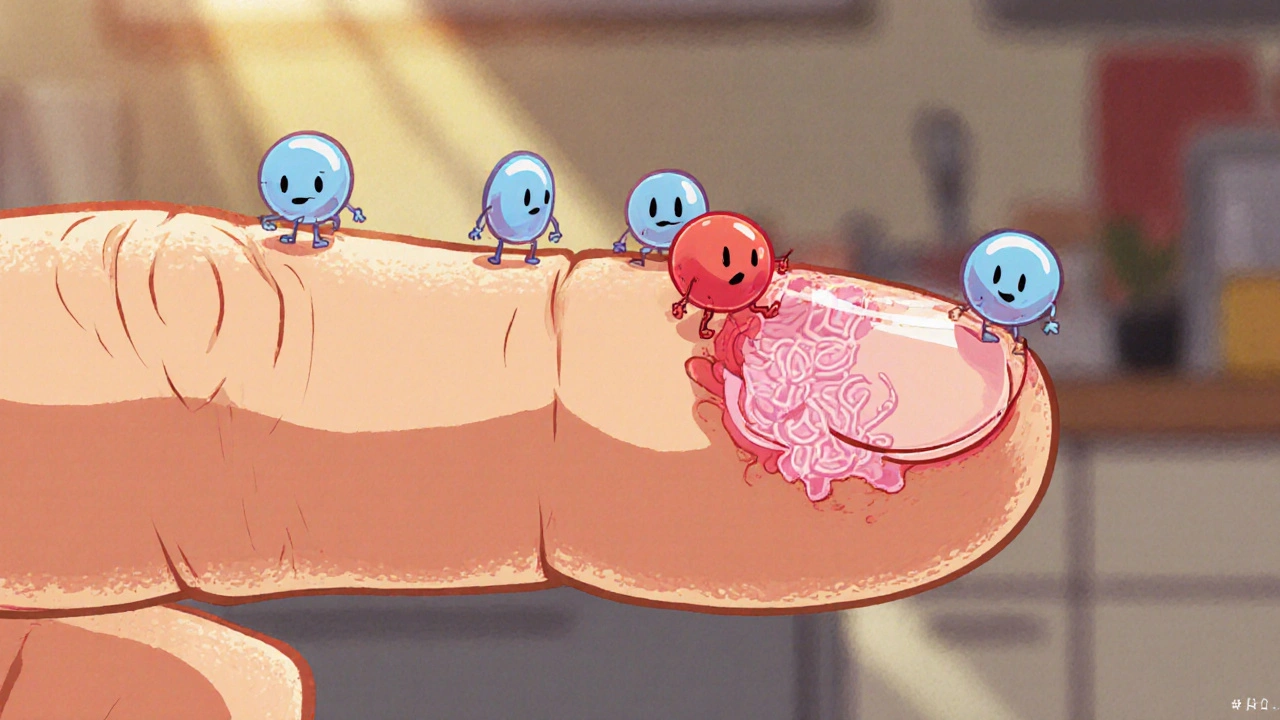Fibrinolysis: Understanding the Body’s Clot‑Breaking System
When talking about fibrinolysis, the physiological cascade that turns a solid clot into soluble fragments. Also called clot lysis, it relies on a few key players. The enzyme plasmin, generated from its inactive form plasminogen, is the workhorse that chews up fibrin fibers. Activation usually comes from tissue‑type plasminogen activator (tPA), a protein released by endothelial cells when blood flow needs to be restored. Together they form a feedback loop: tPA boosts plasmin, plasmin clears the clot, and the cleared pathway lets blood move again. This loop (fibrinolysis) directly influences conditions like heart attacks and strokes, where timely clot removal can mean the difference between recovery and lasting damage. Because the process is so tightly regulated, any imbalance can trigger bleeding or, conversely, persistent clots that block vessels.
Related Concepts That Shape Fibrinolysis Outcomes
Understanding fibrinolysis also means looking at what happens after a clot is thinned. Reperfusion injury, the cellular stress that follows sudden blood flow restoration, often shows up in myocardial infarction or ischemic stroke. Oxidative bursts, inflammation, and calcium overload can damage tissue even as the clot disappears. Anticoagulant drugs, such as heparin or direct oral anticoagulants, are frequently paired with thrombolytic therapy to prevent new clots while the fibrinolytic system does its job. Another player is the platelet‑aggregation inhibitor, which stops platelets from forming fresh clots on damaged vessel walls—a crucial step when stents are placed. The interplay among these agents determines whether a patient experiences smooth recovery or complications like stent thrombosis, which can affect everything from blood pressure to sexual health. By mapping how fibrinolysis interacts with these related entities, clinicians can tailor treatments that balance clot removal with protection against bleeding and tissue injury.
Below you’ll find a curated set of articles that dive deeper into each of these topics. From the chemistry of plasmin activation to real‑world case studies on reperfusion injury, the collection shows how fibrinolysis fits into the broader picture of cardiovascular care. Whether you’re a patient looking to understand your medication, a student studying clot dynamics, or a professional seeking the latest therapeutic strategies, the posts ahead give practical insights you can apply right away.

How Blood Clots Form and Dissolve: The Science Explained
Explore how blood clots form, the chemistry behind clot dissolution, and what happens when the process goes wrong, with clear tips to stay healthy.
view more